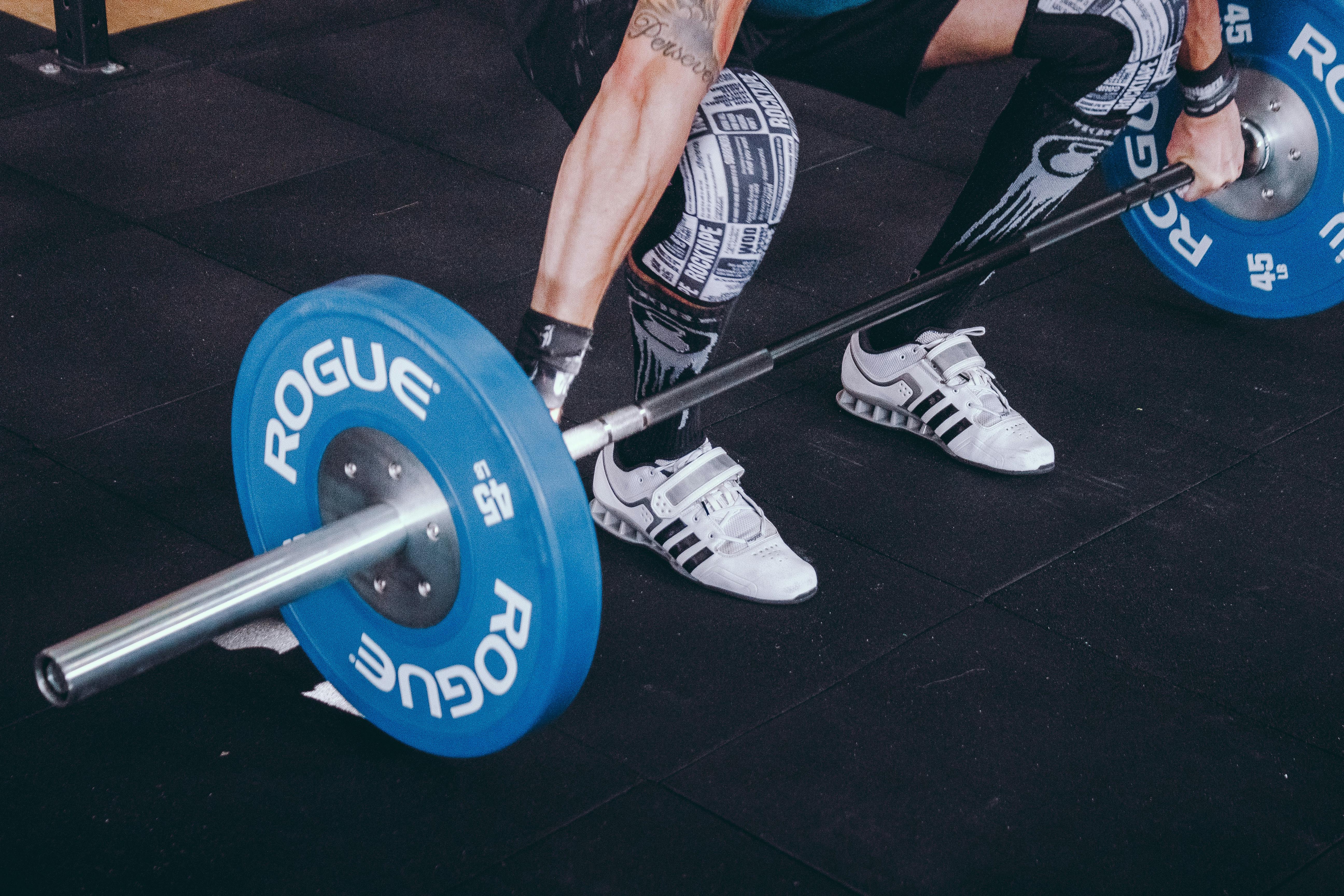Your body is made up of many different types of muscles with multiple roles in your everyday life. Your musculoskeletal system has 2 generic types or muscles: movers and stabilizers. In general, movers are muscles that are primarily known for moving parts of your body. For example, when you flex your biceps, your elbow will bend. These muscles are what most people work when they go to the gym. When one of these muscles is weakened, it can be more difficult and/or painful to perform a specific task, such as lifting a box.
Stabilizing muscles support and hold the body upright…
The stabilizing muscles are a little different… they are not concerned with moving the body, but with supporting it. These are often smaller muscles that are active for long periods at a time to keep the body upright. In physical therapy, we often focus on these muscles to decrease and prevent pain and dysfunction in the body.
When stabilizer muscles become weak, not only is it difficult and possibly painful to perform a task, but it is often difficult to maintain proper posture and body positioning. This can allow aberrant movement of the joints, which increases tissue stress and can contribute to future injuries and disorders.
Stabilizer muscles are weaker in weight lifters…?
Many people, especially those who exercise frequently, believe that they are strengthening a wide range of muscles while in the gym. However, all too often when I test a stabilizer muscle it is very weak… even weaker in weightlifters. In many individuals, the motors become strong enough to do the job of the stabilizers. The stabilizers, now unused, become smaller, weaker, and soon forget their purpose in the body. In a healthy individual this is not so much of a problem. Add in an injury or a decrease in activity and the strength of the motors declines.
So who is stabilizing the body? –Nobody… With the stabilizers no longer doing their job and the motors injured or weak, this is where muscle spasms, muscle tension and pain come into play. As this continues without treatment, further damage to nearby joints, muscles, and nerves may occur, which may eventually require surgical intervention. The point here is that just because you have big muscles doesn’t necessarily mean you’re strong enough to support your own body. There are several ways in which you can be sure to strengthen both the motors and the stabilizers.
How to strengthen stabilizer muscles along with motors:
– do exercises slowly – use light weight and high repetitions – include exercises that require balance or do weight training on a bosu/stability ball – check back soon for some specific stability exercises!


